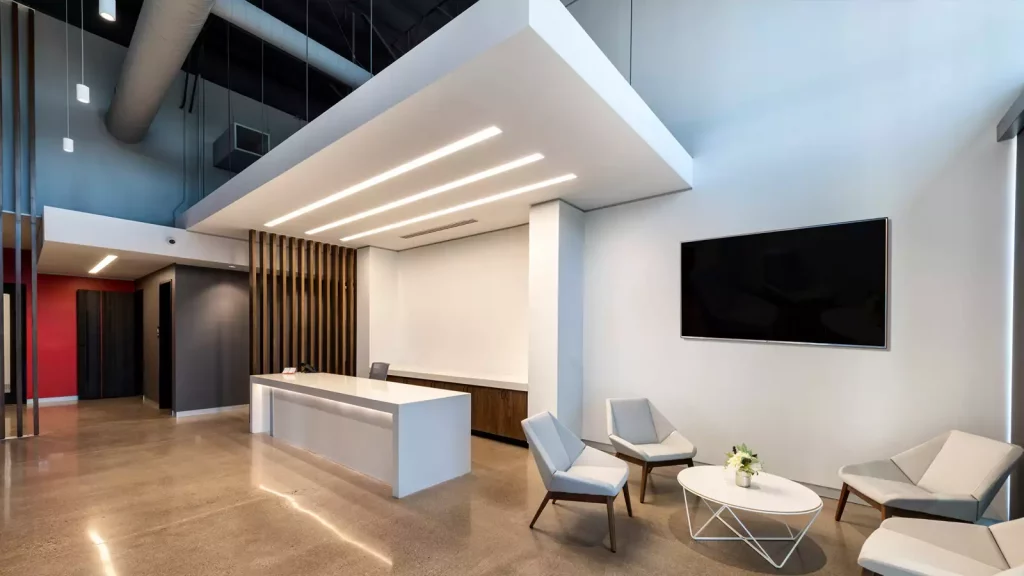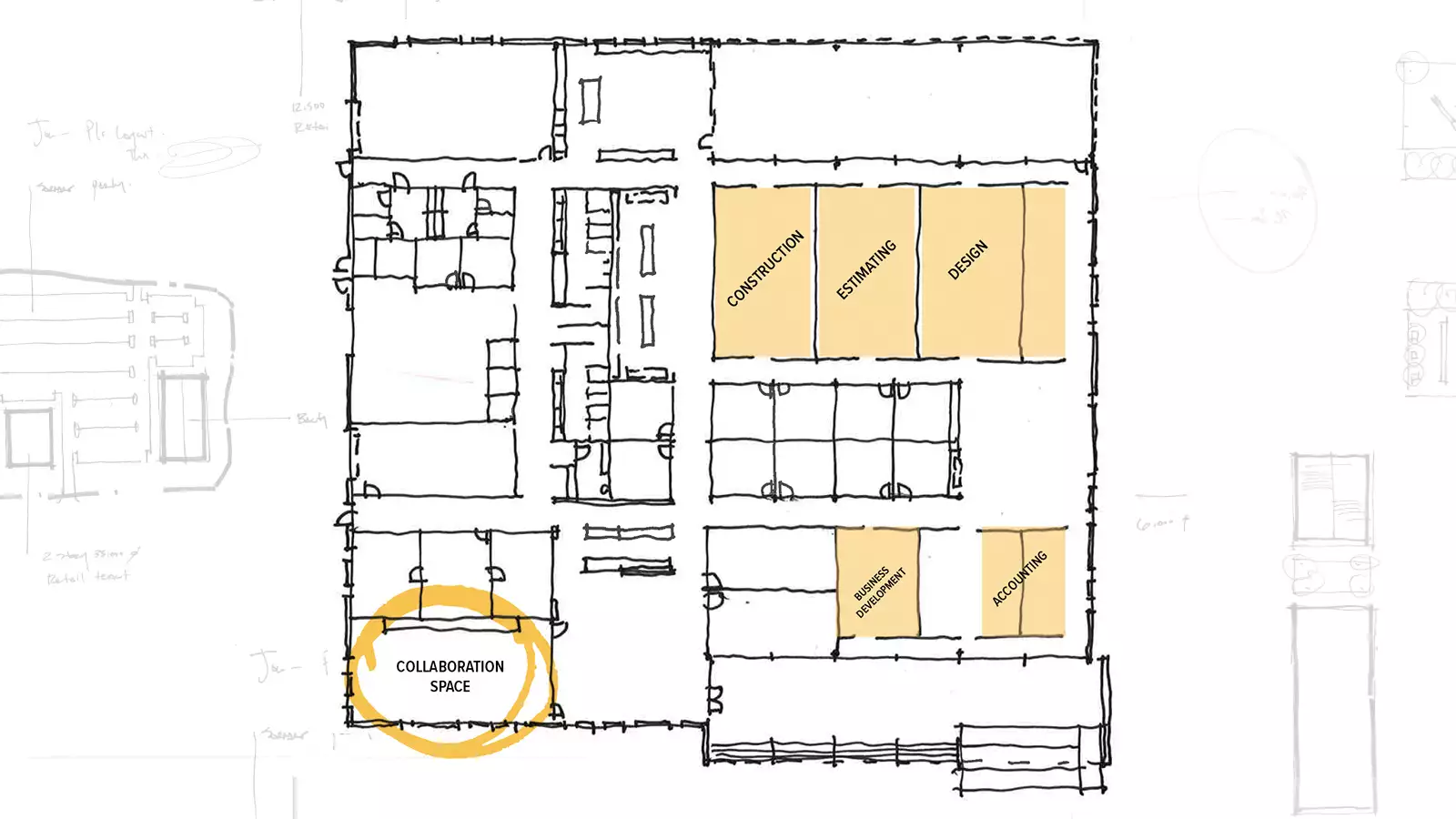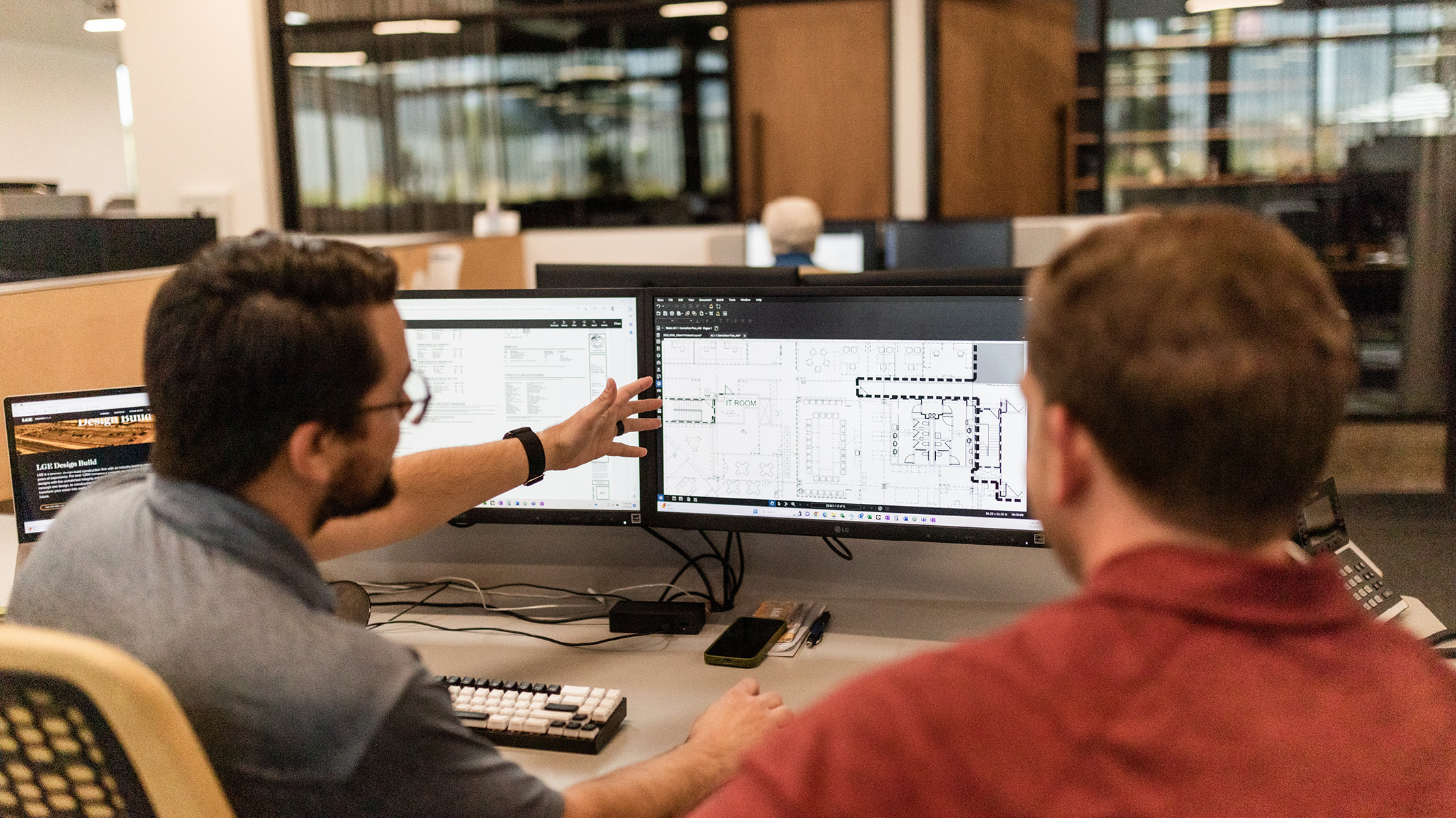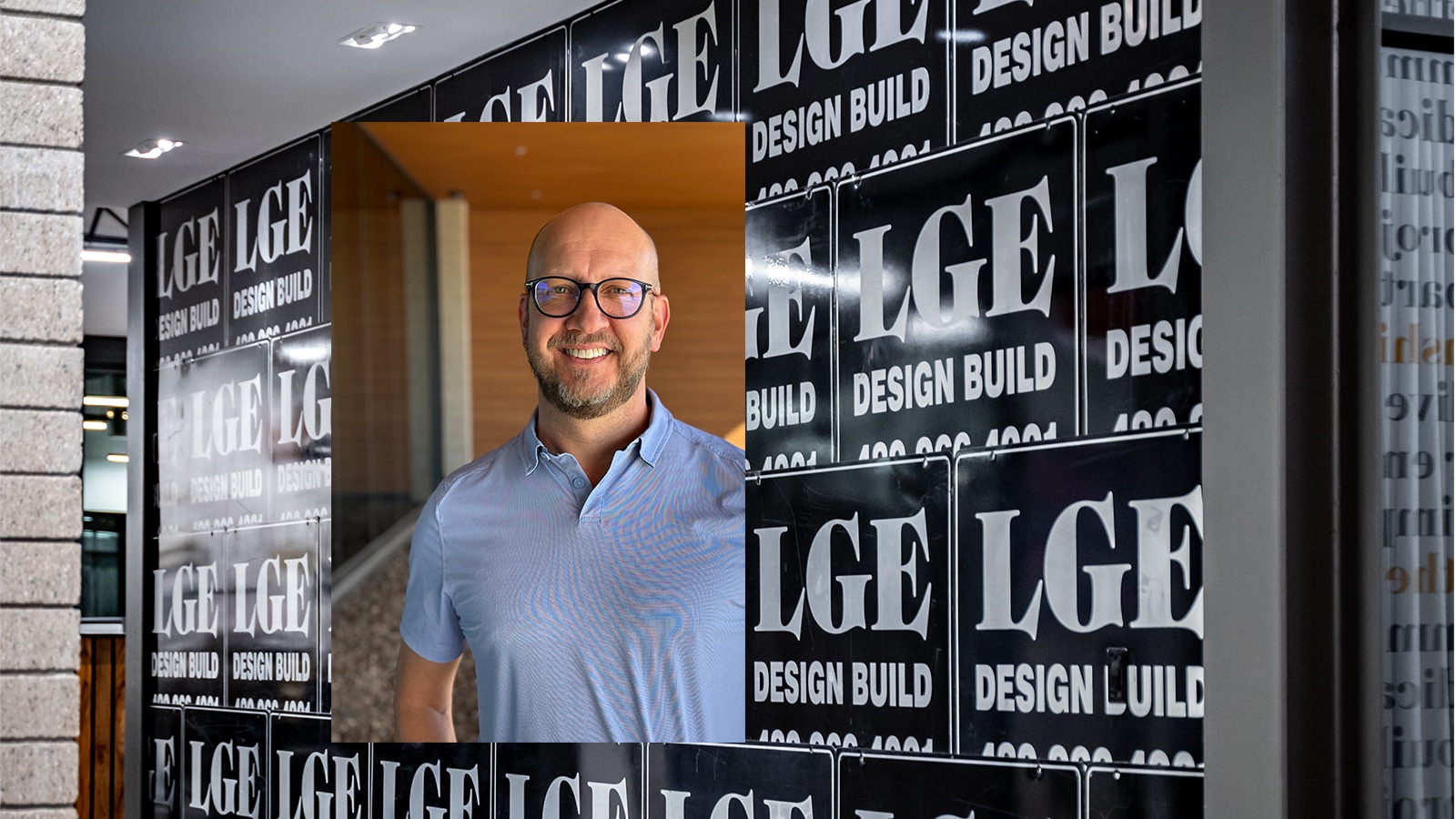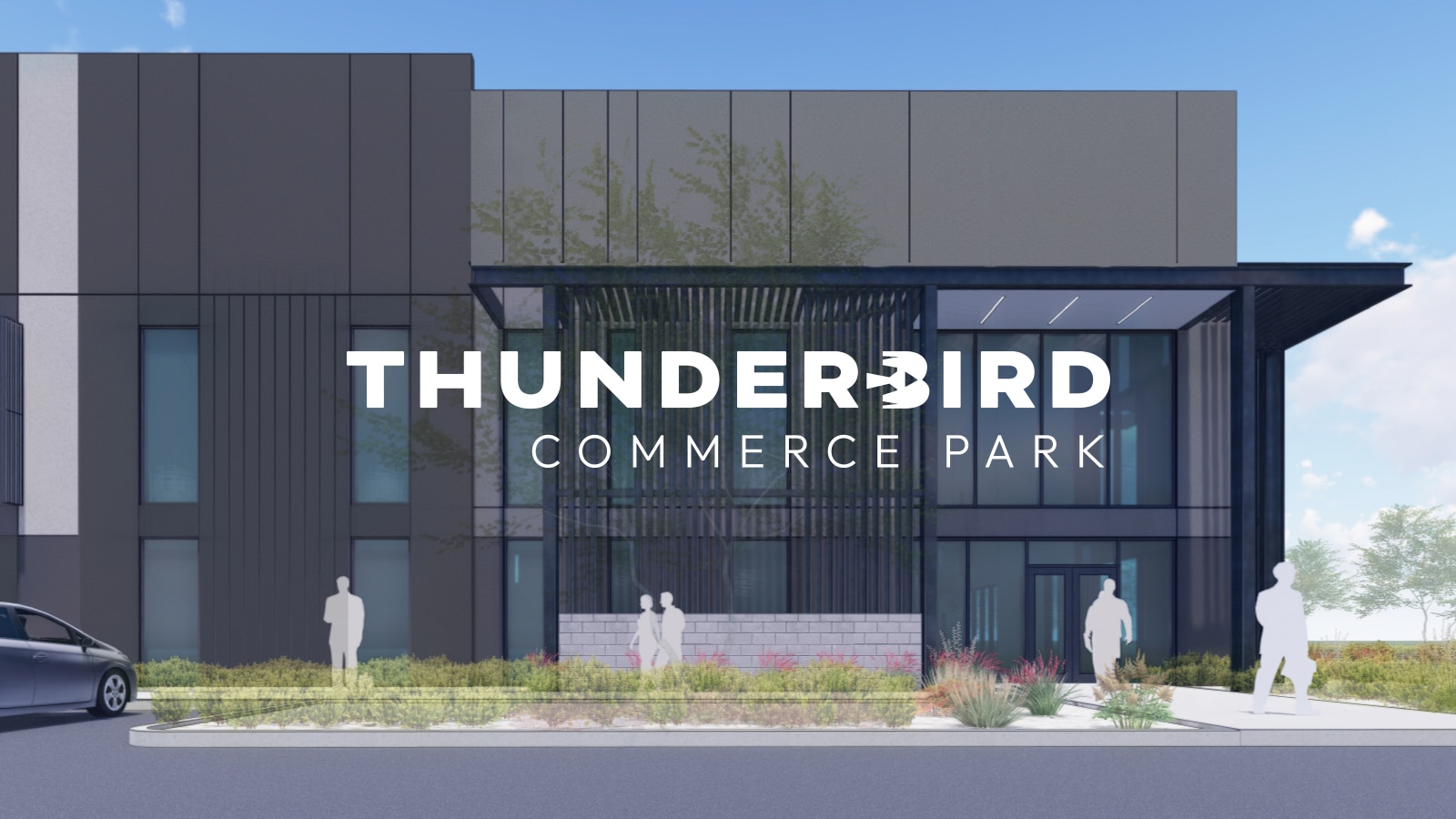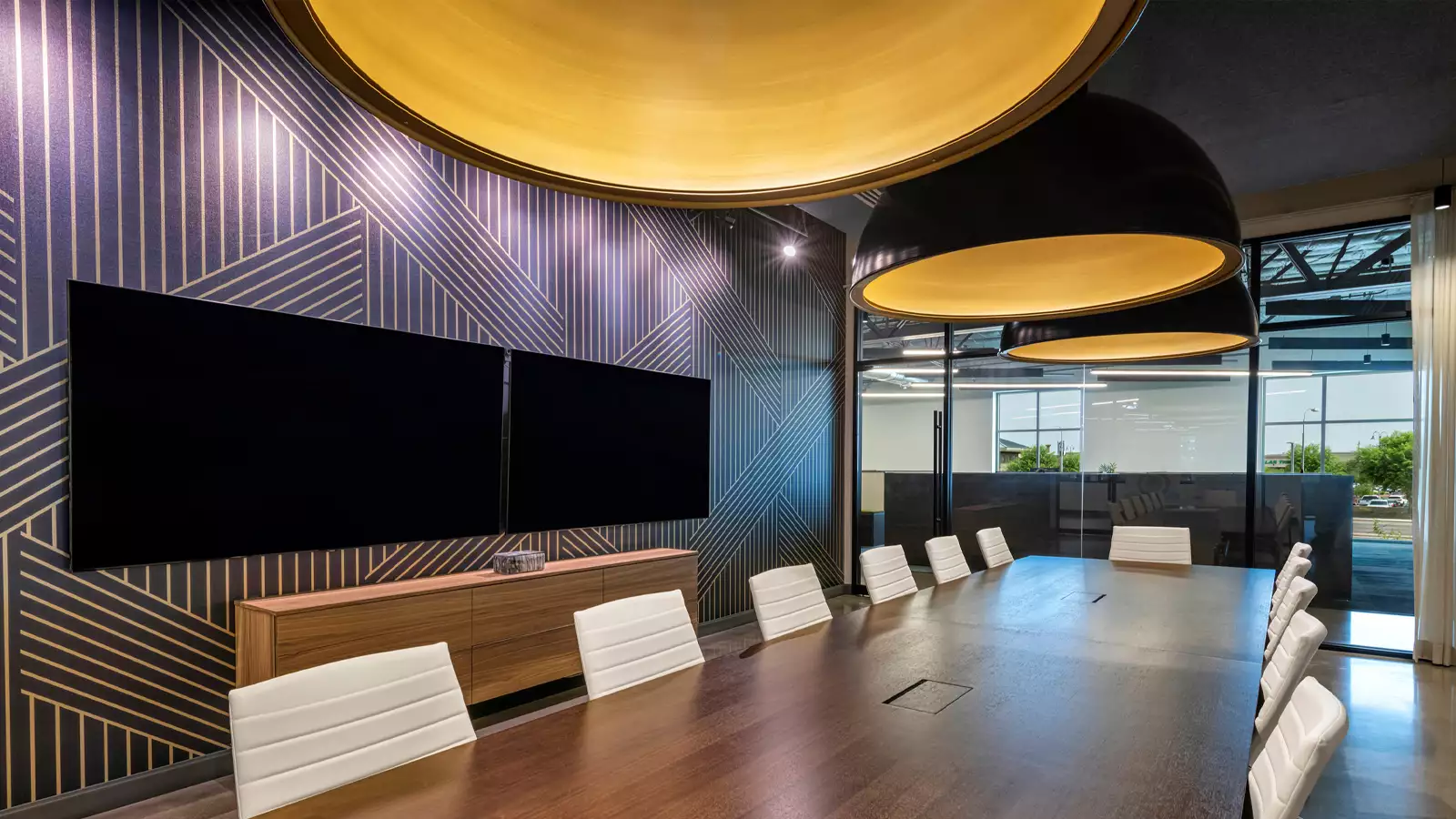
Commercial Interior Design: The Shift to Minimalism
Most people have heard the term “minimalism” and are very familiar with at least a basic understanding of it. The term is very popular in the world of interior design where it refers to a prominent style for furnishing commercial spaces like hotels, restaurants, and offices. What many do not know, however, is that another concept exists called “maximalism”, and while it was once the more prevalent, its popularity has waned.
It is no secret that minimalism has become the more dominant of the two, especially over the last couple of decades. A majority of hotels, restaurants, and offices have made the shift to minimalist interior designs, and it is even evident in the rebranding of their logos. The 21st Century has brought with it the need to be more sleek and polished.
Put simply, minimalism is done with purpose through clean lines and open spaces, while maximalism can often give the impression of clutter through the use of space for decorative elements. Evidence of the shift from maximalism to minimalism can be seen in the following areas:
HOTELS
It doesn’t take long to notice the minimalist décor of a hotel, in fact, the moment one enters the lobby, it’s evident all around them. Without stripping the necessary amenities, hotels have taken their lobbies and created open spaces that serve as communal areas. Inside the guest rooms, there are simple color schemes between the different elements of the room. The patterned wallpaper and carpeting have either been replaced with a single color, or the patterns are much more simple. The same applies to the bedspreads and curtains. The furniture often has a smaller footprint, and it is purely there for functional purposes or not at all. Take for example the nightstand. What was once a full piece of furniture has been replaced by sometimes just a single drawer that is attached to the wall.
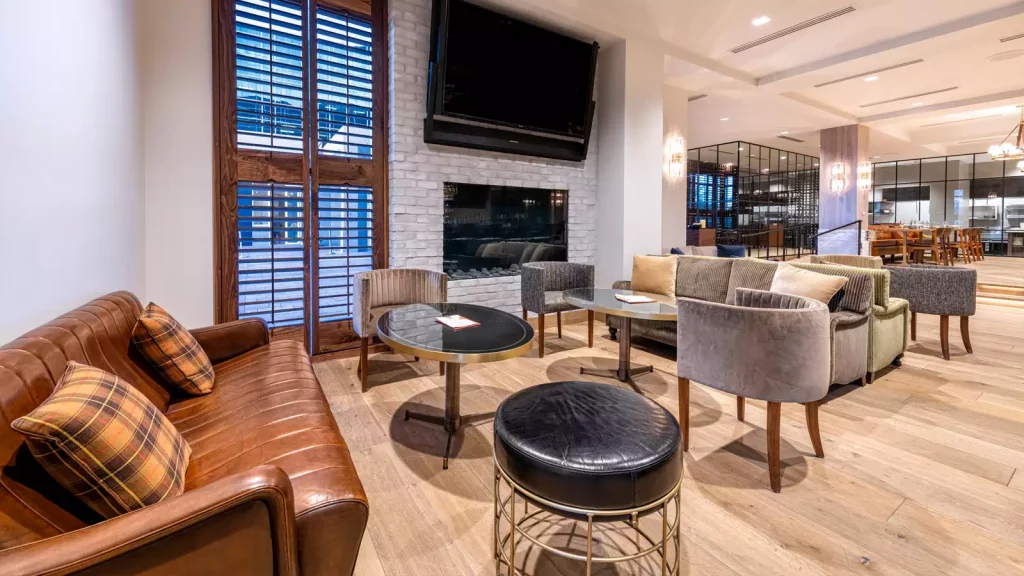
RESTAURANTS
The food service industry is, perhaps, where one can see the most drastic shift when it comes to interior design. During the 1980’s, it became very popular for restaurants to fill almost every inch of their walls with décor. Even hospitality concepts like T.G.I. Friday’s have exchanged their trademark flair for a more smart look. From high-end dining to fast food, there have been almost no exceptions for this shift to minimalism. Restauranteurs have even scaled back on the amount of tables and chairs to create a more open, breathable atmosphere – a strong testament to the idea that less is, in fact, more.
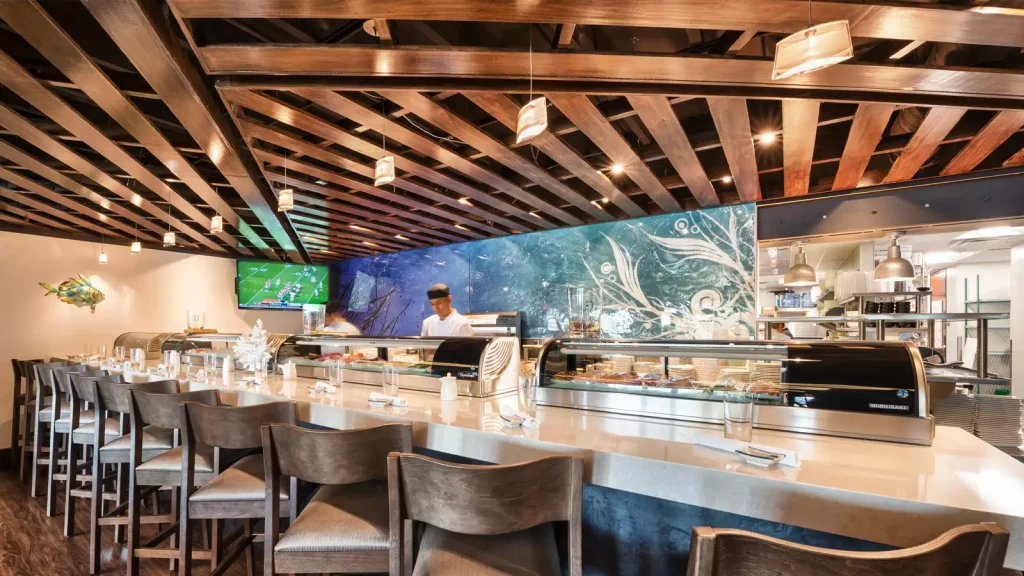
OFFICES
Team morale and productivity are certainly two of the most important factors to consider when designing an office. Fortunately, the concept of minimalism lends itself to both. Because of this, many businesses have adopted an open floor plan to increase the amount of collaboration and general interaction between team members. The simplistic, no frills approach also conveys an air of professionalism and efficiency, which is another reason for the shift to a more minimalist office theme.
